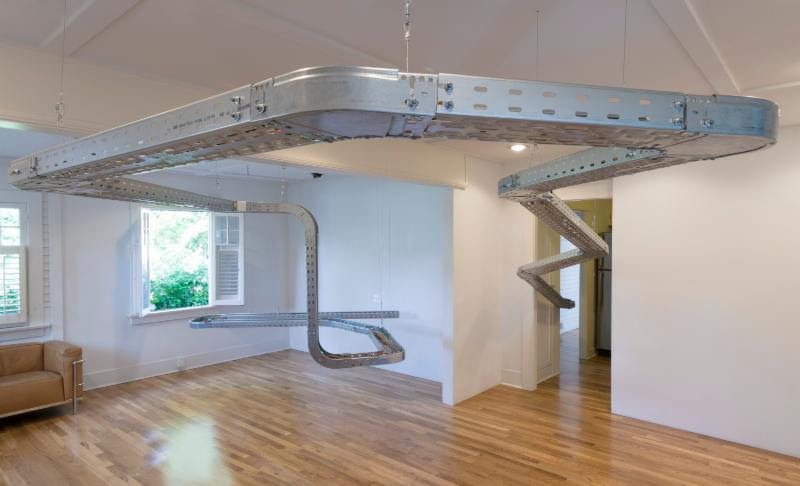RFI-EMI-GUY
Member
- Joined
- Dec 22, 2013
- Messages
- 6,868
Got it all in and bonded in the concrete, which was the timely part. I’ll figure out the other ground rods later. Thank you both for all your help!
is it a dumb idea to have the roofer add a vent type port in the roof for bringing in coax to run down the inside of the rafters, out the eves, down to the ground rod, and then back up to the eves and over to the radio (straight line down and back, all over the same interior wall)? It would be a neater/tidier result, wouldn’t have to negotiate bending around gutters, and wouldn’t make a dam for leaves to and such from the overhanging trees to get caught on on the roof.
Glad to hear you got your wiring in before the pour.
Personally, I wouldn't do a roof penetration, but I have the option of a gable end. My concern with any sort of roof penetration you have a chance for failure. Then if you change your mind, move or whatever you have that "stack". It sounds like you are doing roof antennas' so maybe thats not a problem.
You might look at products used for solar panel wiring to see if any make sense. You might look at cable trays that come in all sorts of sizes and shapes. You could do a "U" turn from the wall, over the gutter and lay in your cables over it.


